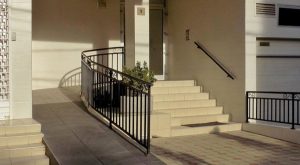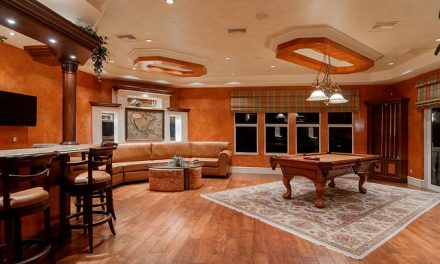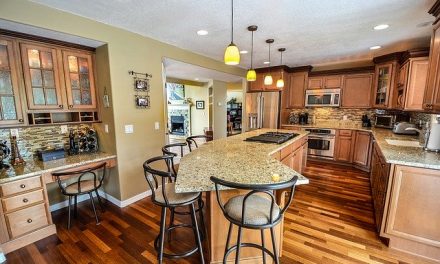In a recent article from AARP, it mentioned the statistics of older parents moving in with an adult child. Older parents moving in with their adult children make up a much larger component of “shared living” than they did a generation ago. “Adults who live in someone else’s household typically live with a relative,” Pew stated in its report on its findings. “Today, 14 percent of adults living in someone else’s household are a parent of the household head, up from 7 percent in 1995.” This multi-generational living is becoming a trend, as a home owner how can you adjust your home to fit the needs of everyone living in the home?
As our economic climate changes, so do the needs in a family. One of those needs is the care of an elderly parent. Families want their parent to move in with them to be around family in the senior years. As a home remodeling company we can suggest ways to make your current home accommodate those needs. In most families, the children are grown and no longer living in the home. Therefore a spare bedroom is available to their parent. Unfortunately, their home may not be equipped to meet the needs for the parent. Of course, these changes depend on the nature of your relationship with your loved one and the level of care they require. Remember, these needs will increase over time.
Bathroom
The bathroom can be the most dangerous place in the home for an elderly person. The humidity and moisture can cause slick surfaced. Here are some things to consider in your home to meet multi-generational family members needs.
Doorways: If your family member is in a wheel chair or will eventually be in a wheelchair, you will need to consider larger doorways. The average wheelchair accessible width is 36”. The doors can be widened through remodeling of walls and entryways. This can be done by removing the door unit and doorway trim in order to properly resize the doorway. Light switches will need to be a consideration in the remodeling process. You may need to move the light switch to a level that is reachable to a wheel chaired individual. This will also be something to consider with electrical outlets.
Counters and sinks: Preserving the dignity of an elderly family member is so important. One way to do this is to move sinks to a level that they need. Wheelchair sinks in the home can be customized to meet the needs of individual users. The top of the sink should be between 32 and 34 inches from the floor to allow for a wheelchair. You may want to consider moving the mirror to a lower level for them to use. Your family member may not need the sink changed at the time of moving in, but this may be something to consider down the road.
Bath and Showers: The lip of a shower can seem small enough to an average adult. To an elderly individual that is a place they can trip and fall. Consider zero threshold showers that has no lip. The faucets should be a lever style, as the twist style is difficult for many elderly people to move their wrist. Installing grab bars for safety is always important. If you have the room in the shower, install a bench. As we age, standing in a shower can be too strenuous. Also, handheld shower heads are convenient for cleansing control.
Toilets: You can make things easier and safer by placing support bars on the outside of the toilet. Install a toilet that is 17 inches off the floor for easier access.
Bedroom
The bedroom will need fewer modifications. The most important thing to remember is wall to wall carpeting offers less of a chance for an elderly individual to slip or trip. Remove all area rugs from this room and the bathroom, as they are the most common areas that cause falls from tripping.
Entry
Last but not least, the entry to your home should be safe and elderly accessible. Steps should have a secure handrail and treads on the step for less chance of slipping. Some home builders are incorporating a design into their home called, universal design. It incorporates a wheelchair ramp, as well as, steps to the entry of their home. The threshold should be no higher than ½” to prevent tripping and easy access for a wheel chair. Exterior doors should open “into” the home. Lever door knobs are easier for an elderly individual to use that the standard twisting door knob. A key less entry might be another consideration.
If you and your family have the possibility of having an elderly family member move in with you in the future these tips above should be a consideration for future remodeling. CH Construction would like to help you with any remodeling changes you may need. Give us a call for a consultation.







